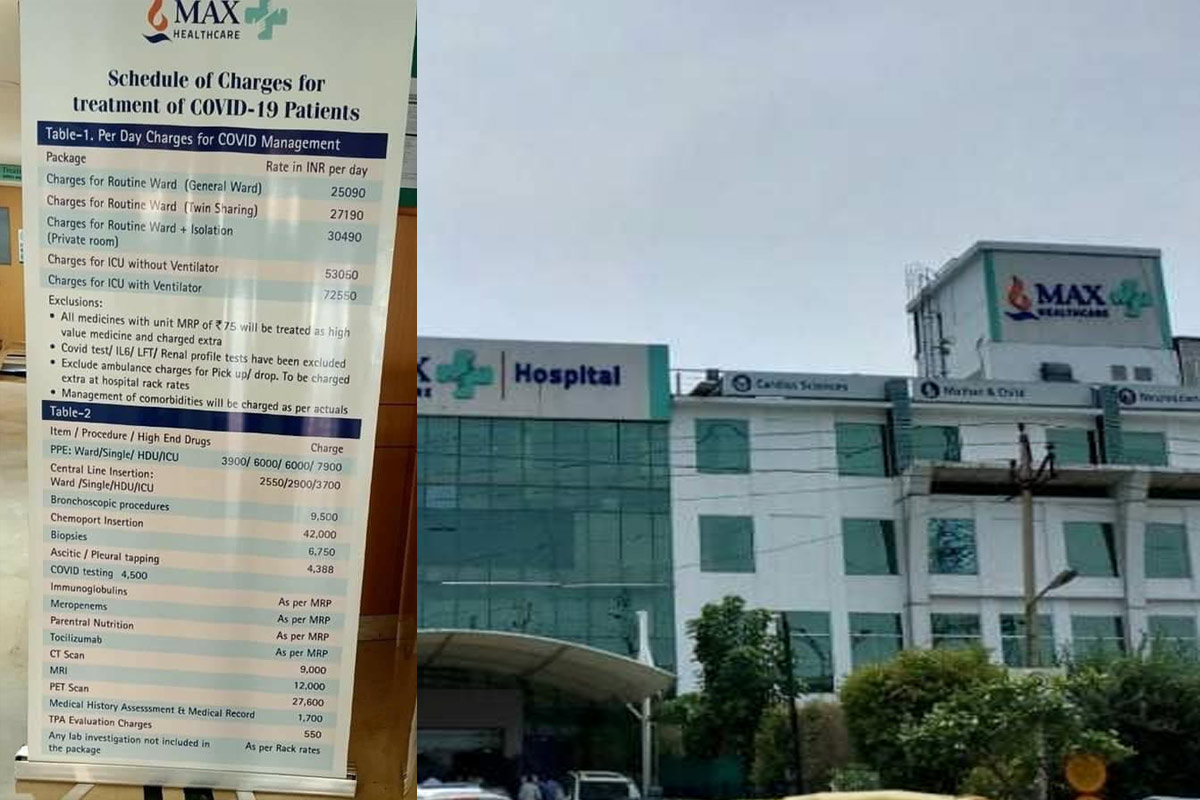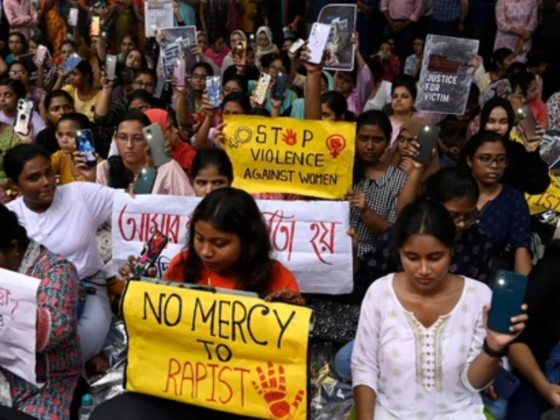According to a new study from Massachusetts General Hospital medical professionals who die by suicide are more likely to be older and nearing the end of their careers, or be of Asian or Pacific Islander ancestry, or confronting physical, mental health or medical malpractice issues.
In a study published in JAMA Surgery, researchers identified modifiable and behavioral risk factors that can lead to burnout and suicide among three groups of health care providers (surgeons, nonsurgeon physicians and dentists) as a way of informing hospitals and residency training programs of potential areas for intervention through increased screening and treatment.
What Does Massachusetts General Hospital Study On Suicide Highlight?
“Our study highlights the fact we have to be concerned about a larger physician population than we originally thought, including individuals facing civil legal, marital and cultural risk factors, as well as those receiving treatment for mental illness,” says Yisi Daisy Ji, DMD, with the Department of Oral and Maxillofacial Surgery and lead author of the study.
“Providers are comfortable advising patients when to seek help but are often reluctant to do so themselves. Part of that is the perceived stigma of being a health care professional with a mental health problem, as well as concern it could adversely affect their medical licensure.”
The ongoing COVID-19 pandemic raises the importance of physician mental health and suicide prevention. “With physicians across the country facing uncharted challenges in working conditions, redeployment and physical and emotional stress, we must be more vigilant than ever,” emphasizes Faith Robertson, MD, with the Department of Neurosurgery, and co-author of the study.
“We are calling on all physicians to recognize the signs of mental health difficulties in their colleagues, as well as in themselves, and take early action.”
To determine which physicians are most at risk, researchers examined data from the National Violent Death Reporting System from 2003 though 2016. Of the more than 170,000 individuals who died of suicide, 767 were health care professionals.
The Mass General study is the first national evaluation of suicide risk factors and outcomes in the health care provider sub-groups of surgeons, nonsurgeon physicians and dentists.
Some Unexpected Findings
Among the surprising findings of the retrospective study was that physicians who died of suicide were substantially older (mean age, 59.6 years) compared to the general population of suicide victims (mean age, 46.8) years. “This is a previously unrecognized demographic to be at risk,” notes Ji.
“Our hypothesis is that the transition into a senior career position or retirement introduces new and often unsettling challenges of purpose, finances and restructuring of routine and family dynamics.”
Another unexpected finding by the team was that physicians of Asian and Pacific Islander ancestry were at higher risk of suicide than those of white ancestry. Researchers theorized that the cultural stigma of experiencing mental health problems among this health care population may contribute to low rates of diagnosis and treatment.
Civil legal problems were also found to be a significant risk factor for suicide in physicians compared to the general population, and more so in the nonsurgeon than the surgeon cohort.
The reason, the study suggested, is that physicians in specialties where malpractice litigation is less common (such as nonsurgical) may experience more emotional distress when claims occur, compounded by the duration and uncertainty of each case.
The researchers propose that hospitals would benefit from offering additional psychological as well as legal and human resource support to physicians during times of litigation-induced stress.
The paper cited a model educational program at the University of California, San Diego focused on destigmatizing mental health issues and promoting help-seeking behavior and treatment, including an anonymous, interactive online screening program for all medical students and faculty.











